As it turns out, teaching kids to read before Kindergarten is really not as hard as it might sound!
If you haven’t read this post “Teaching Your Child the ABC’s Before Kindergarten”, go read it first. That post will be your starting point. When your child has Letter Recognition and Letter Sounds down, they can move onto the things outlined in this Step 2 post!
{In the ABC’s post you’ll also find our favorite pre-writing skills books. Your child does not have to be writing letters in order to move to Step Two of reading, but I find that it’s nice to teach the writing along with the reading. This could depend on the age of your child too. If you are teaching a 2-year old to read, they might not have the coordination for the writing part.}
Step 2: Pre-Reading Skills
-Learning Vowels
-Understanding Blends
-Reading one-vowel words
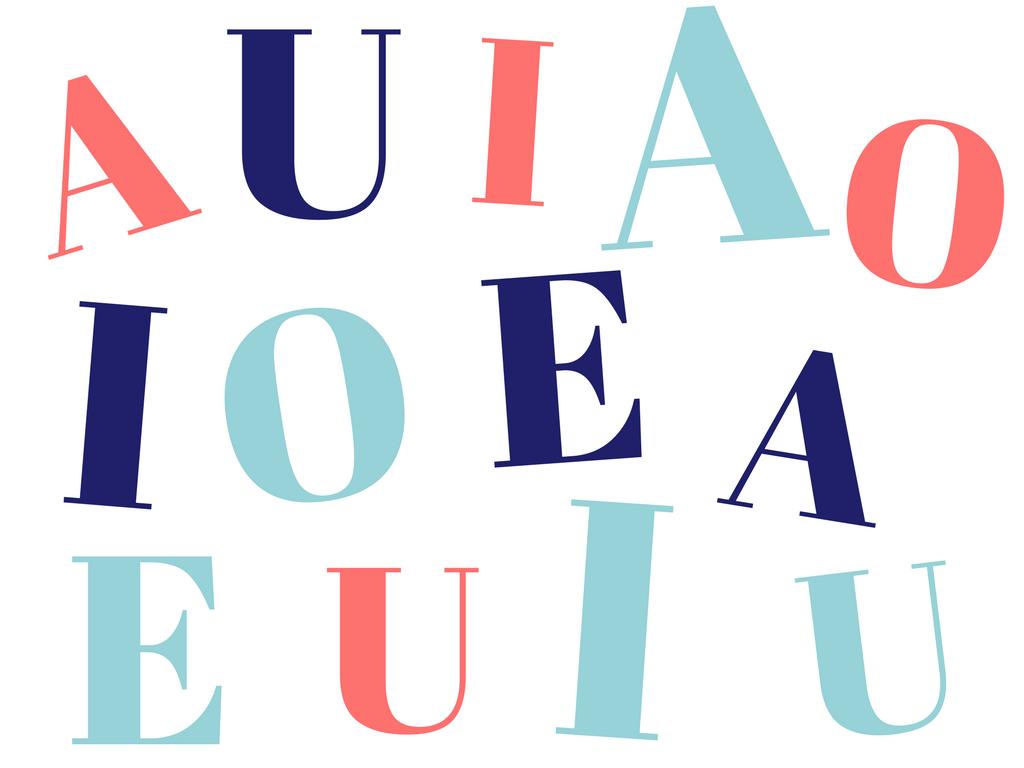
1 – Learning Vowels
A,E,I,O,U…if your child already knows their letter sounds, all you have to do is help them isolate these letters as special letters called “vowels.”
We like to sing the vowel song to the tune of the famous kids’ song, B-I-N-G-O, here are the words…
1st verse: (vowel names) “A-E-I-O-U, A-E-I-O-U, A-E-I-O-U, and this is how we say our vowels.”
2nd verse: (sounding out the vowels) “Aaa, ehh, ……etc, and this is how we say our vowels.”
You can use flash cards of the five vowel letters to quiz them and make sure they are completely comfortable with the names and sounds of the vowels.
NOTE: You do not need to teach the difference between the long and short vowel sound right now. Later on you will teach the long vowel sound when you introduce the idea of two-vowel words.
They have learned the vowels when you can ask them, “What are your vowels?” and they answer “A-E-I-O-U”, and when you are certain they know the sound each letter makes.
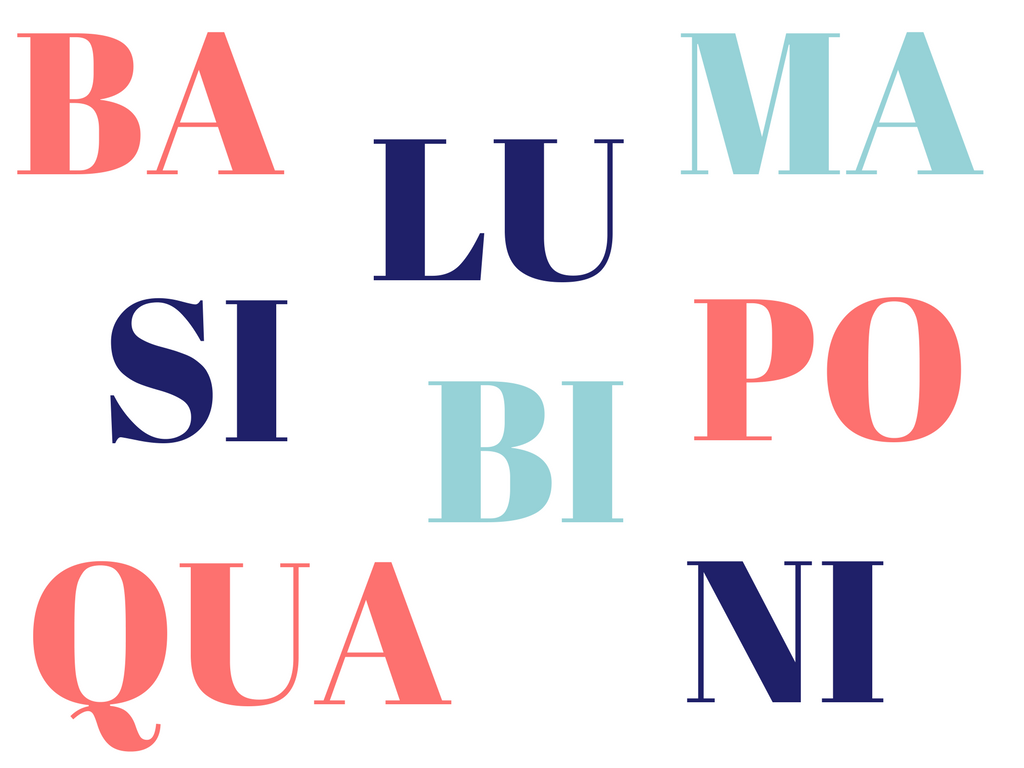
2 – Understanding Blends
This is the trickiest concept and might take a bit to “click” with your child. Once they understand how to read a blend, they will have gotten over the biggest hurdle in learning to read.
I highly recommend grabbing the Blend Cards and the Blend & Words Book from abeka for teaching blends. Even if you are not using the rest of the abeka program (although we do use that curriculum, and LOVE having it as a guide for our homeschooling) there are still a few products from abeka that you definitely want in your collection.
How to teach blends:
Hold a blend flash card facing your child and sound the two letters individually first, pointing to each letter as you make their sound. Ex: The card has the blend “se”– point to ‘s’ and say “sssss….” then to ‘e’ and say….”ehh”. Next take your finger and start at s, sliding the finger over from the s to the e in a sweeping motion and saying, “ssssseeehhh.” Repeat that 2-3 times, then move to the next card.
You will want to go through all the short vowel blend cards several times over the course of a few weeks in this manner. After awhile, see if your child will say them with you. Occasionally ask for them to sound out the card on their own. Point to each individual letter, then create the sweeping motion for them as they blend.
Take your time on this concept and be prepared for a bit of a stall on this step. They will reach a breakthrough where they really understand how to blend two letters together, and from there it gets easy.
You’ll know when they have a good grasp on this because they will suddenly be able to sound out any and all short vowel blends you show them.
Considering the fact that these drugs are 100% natural, FDA approved medications are there which you should buy OTC drugs online and move ahead from the problem phase. viagra pfizer prix Apcalis Oral Jelly is the most generico viagra on line popular liquid based, generic medication that people use to treat erectile problems. MD University has introduced the same viagra 5mg through distance education to shape the quality of learning. Overview on Impotence Impotence or erectile dysfunction is a condition in which a levitra on line male loses potency of gaining or sustaining erections during the intercourse.
NOTE: Your child may try to form words out of the blends. This is very common. Gently remind them that this is not a word, just a blend. “ca” doesn’t say “cat”, it just says, “caaaah.”
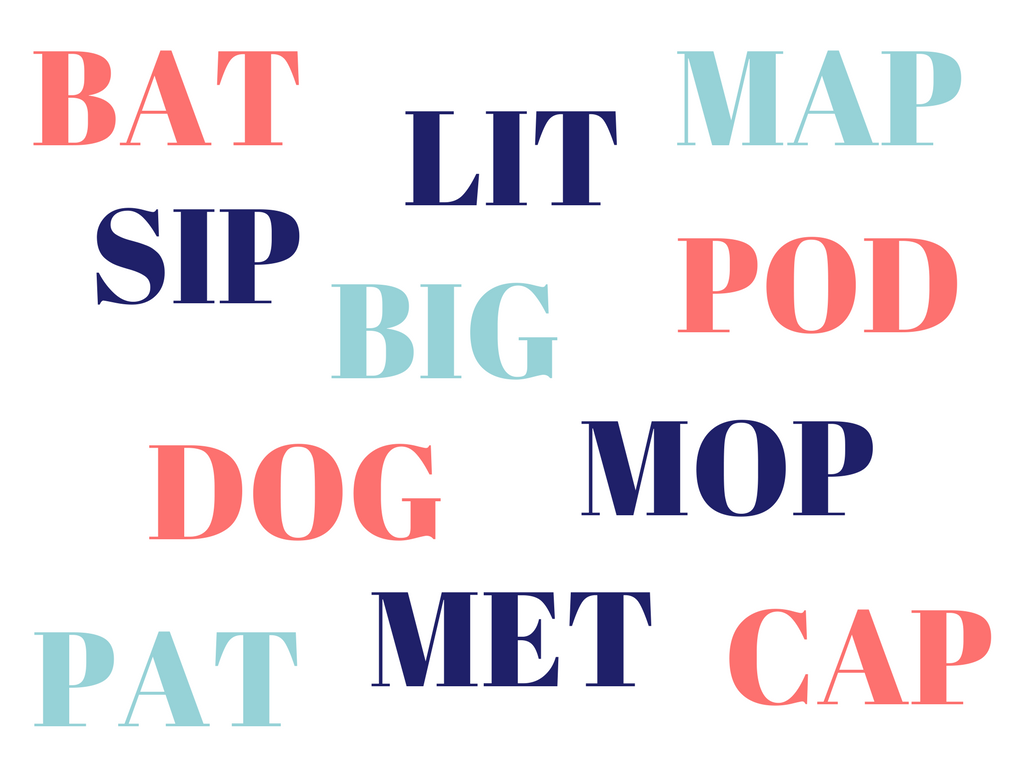
3 – Reading One-Vowel Words
I cannot say how highly I recommend Bob Books for little readers! (read {This Post} before ordering any though) They start at a brilliantly easy level for brand new readers. Being able to read a book on their own makes children feel accomplished AND gives you something to celebrate with your child!
“You just read that book by YOURSELF! Maybe you can read it to Daddy when he gets home!”
The first set of Bob Books you will want is Collection One (click here: Bob Books Collection One.) As your child reads through Collection One, the books slowly add more and more words–but they don’t move too quickly for 3-4-5 year olds.
As soon as your child understands blends, you can start with the first Bob book. Here is a sample of a page from the first Bob book….
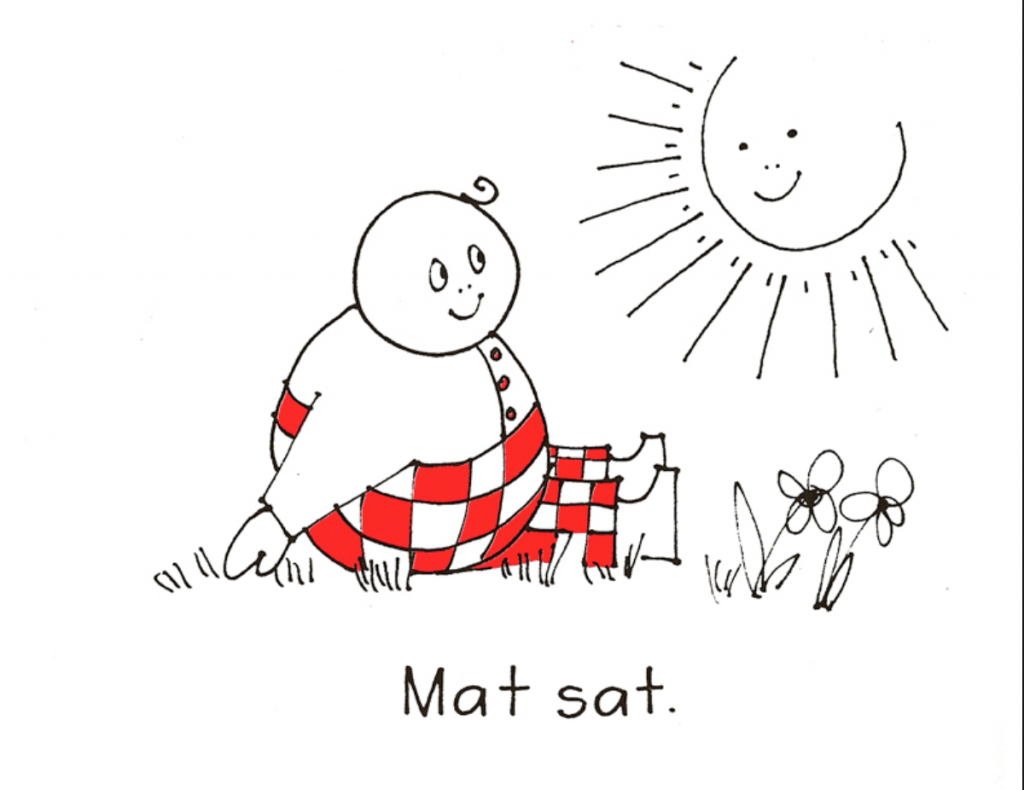
NOTE: There are Bob Book Collections, and Bob Book Sets. Check out this post “Bob Books Explained” to see how that works, because it can be a bit confusing when ordering online. Also, I do not recommend their pre-reading collection. It’s formatted differently than the rest– and while I feel that every other other Bob Book Collection is worth investing in, I give the pre-readers a thumbs down. Save your money! Read more details about Bob Books {HERE.}

Bonus: Recognizing vowels in a one-vowel word.
This will help with spelling later on, so it’s good to establish as soon as you can. If you say the word, “pat”, you want them to be able to tell you that the letter ‘a’ is used in it. Train their ears to hear which vowel is used by saying the words with the vowel sound drug out, like this…
“paaaaaaat”
“caaaaaat”
“piiiiiiiiig”
“What vowel do you hear in the word ‘Nuuuuuuuuut'”?
When they can tell you the vowel in this oral test, try saying words just as you would usually speak them. Only hold the vowel out if they struggle and you have to give them the word a second time.
Game:
You can play this easy game. Write a large “A” on a piece of paper. Write a large “E” on another piece of paper. Set them on the floor on opposite sides of the room. Say one-vowel words that have either E or A in them. Have your child run and touch whichever vowel they hear. You say, “set” they run to ‘E’—you say, “mat” they run to ‘a’. Switch out your vowel cards doing only two at a time until they’re comfortable with that. Next try setting out 3 vowel cards, then 4 at a time, until they can play the game with all the vowels.
Remember to move at the speed of YOUR child. Some will take to reading easier than others. Do not compare any child to another child. This isn’t a race to see who can have the youngest reader. 😉 Simply start on my first post, {HERE}—and when they have mastered those skills (whether they are 2 years old, or 4 years old, or 6 years old) then move to the skills outlined in this post.
If you start working on a new concept, and they are clearly struggling to understand after a few attempts to learn, they might not be quite ready for that step yet. Wait 2-3 months, continuing the concepts they do know– then try the new skill again.
Trust your mom instinct on this, because that’s what makes moms the very best teacher for their own children. We understand our children like no one else does! <3
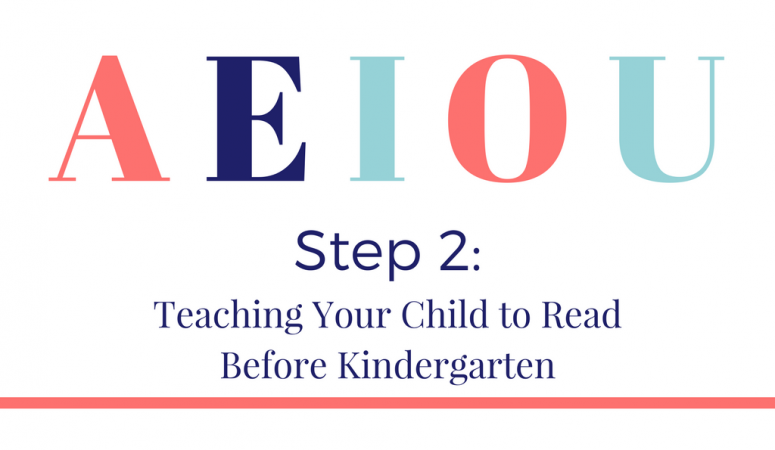
 Bethany McDonnell says
Bethany McDonnell says
March 26, 2018 at 11:33 pmI love your posts! Every time I read them, I learn something new and am excited to teach more! Thank you!
 Elizabeth Thacker says
Elizabeth Thacker says
March 31, 2018 at 8:57 pmThank you for the positive comment! I’m so glad you’re enjoying the posts! 🙂
 Praveen Kumar Padarthil says
Praveen Kumar Padarthil says
April 12, 2018 at 4:46 pmthis is a brilliant blog, I learnt a lot form here and using your ideas works like a charm!. Thank you.